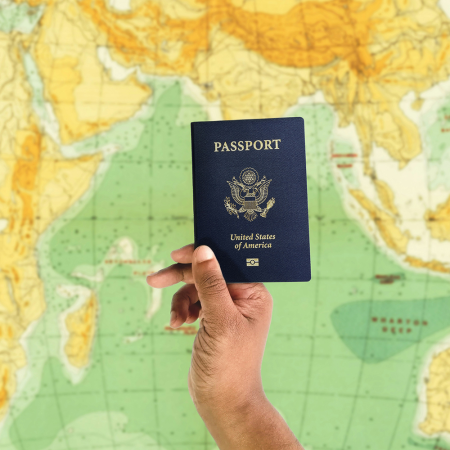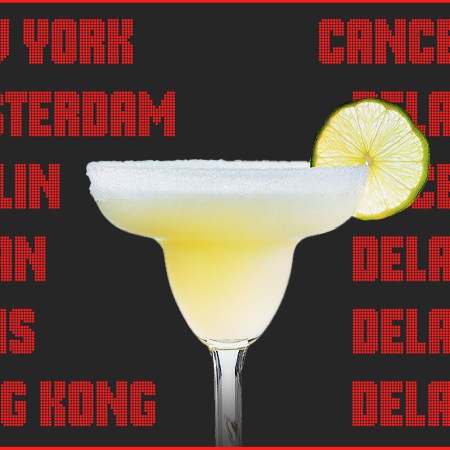Last weekend, protests erupted across southern Europe as residents in Spain, Italy and Portugal rallied against the impact of mass tourism, which they claim has rendered their cities increasingly unlivable.
According to Sky News, demonstrations were held in eight Spanish cities, including Barcelona, Granada, Palma and Ibiza, as well as in Lisbon and several major Italian destinations like Venice, Genoa, Palermo, Milan and Naples. Protesters carried signs reading “Tourists go home,” “As you come, I have to go” and “Tourism is stealing from us.” Some even resorted to spraying visitors with squirt guns in a symbolic act of frustration.
But the core of the unrest isn’t directed at tourists themselves — it’s the tourism model that’s under fire. “Policy failure and economic imbalance, as Leah Pattem puts it. Years of unchecked growth have driven up the cost of living, pushed housing beyond the reach of locals and transformed once-livable neighborhoods into transient playgrounds. In cities like Venice, which have long been overwhelmed by overtourism, this backlash feels less like a surprise and more like a long time coming. Fewer than 50,000 people still live in the island city — yet it welcomes some 30 million tourists each year. It’s that latter figure the hospitality industry caters to, almost universally.
The Journey by InsideHook
Join over 100K travelers seeking trip ideas, the latest travel news, and all the inspiration you need for your next vacation.
Barcelona, for its part, has emerged as the epicenter of the most recent wave of protests.
“It’s not fair for the people of Barcelona to endure precarious wages in hospitality just to serve mass tourism that stays in short-term rental apartments — the same ones forcing us out of the neighborhoods we grew up in,” said Carmen Naranjo, a 21-year-old student and native of the Catalonian capital. “We can’t afford to live here anymore.”
Some cities have begun to push back. Barcelona has announced a plan to eliminate Airbnb-style rentals entirely by 2028. Ibiza is limiting the number of cruise ships allowed to dock. Elsewhere — in Venice, Santorini and Bruges, for instance — tourists are now subject to entrance fees or city-specific taxes. Still, meaningful intervention has been slow, and regional governments have often been reluctant to implement policies that might reduce tourism dollars in the short term.
That said, while the burden shouldn’t fall entirely on travelers, there are ways to reduce your impact. The simplest? Don’t go. You might even be better off for it. A few summers ago, I was in Rome for work, and the sheer volume of tourists made the city nearly impossible to enjoy. You couldn’t get within feet of the Trevi Fountain, where they stand in ranks like an infantry battalion. Consider a historically less-touristed destination instead.
If you do go, do your homework. Be thoughtful about where you stay. Avoid the most popular neighborhoods when possible. Opt for licensed accommodations meant for travelers — hotels, B&Bs or regulated stays — rather than short-term rentals that may be contributing to the housing crisis. And adjust your expectations. Since May, both Italy and Spain have been under a Level 2 travel advisory from the U.S. State Department due to concerns over terrorism and civil unrest, with visitors urged to “exercise increased caution.”
Locals are making their feelings about mass tourism unmistakably clear. So if you find yourself getting sprayed with a Super Soaker in Spain this summer, don’t act surprised.
This article appeared in an InsideHook newsletter. Sign up for free to get more on travel, wellness, style, drinking, and culture.





















